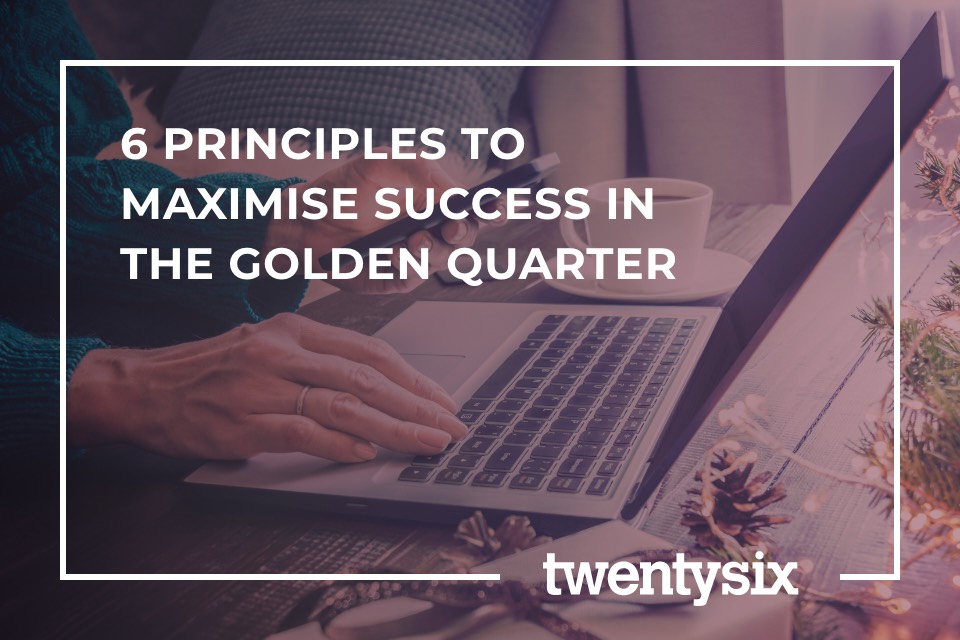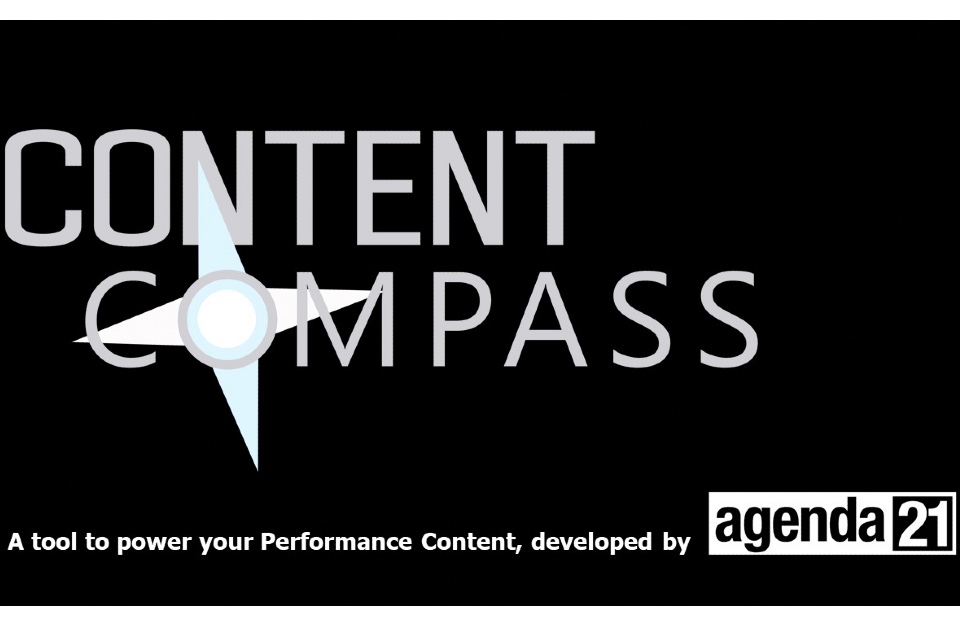By Yogesh Shah, CEO of iResearch Services
The role of the Chief Marketing Officer (CMO) has changed dramatically in the last few years. What started as a role primarily based on market research, advertising and brand management, quickly evolved into a role focused on customer experience and data analytics, with key emphasis on supporting other members of the C-Suite to define the purpose of the business by providing insight into what the customer needs, rather than what the business assumes it should sell. Whilst many of these elements remain the same, the role of the CMO has now become far more complex.
Changes to content consumption, consumer and organisational behaviour, the rise of social media and worldwide disruptions such as Covid-19 have meant that many marketing strategies have been given a makeover, creating new priorities and responsibilities for CMOs as a result.
As a valuable part of the C-Suite, the importance of the CMO role is not up for debate. Establishing a brand identity and a clear space in the market will always remain a priority, but where should CMOs now start as they navigate the new landscape?
Traditional vs digital media
Change is all around us, but it isn’t just a result of this year’s events. One of the biggest drivers of this change is the shift in the use of media. The world has rapidly moved from the use of traditional media to have a heavy focus on digital; a change which has now become a permanent part of media and content consumption.
In the U.S. alone, digital ad spend has climbed up to $151 billion in 2020, significantly more than the combined $107 billion that traditional marketing has garnered. These figures are even more impressive when considering that in 1999, digital ads only had a $4.79 billion cap while the traditional market enjoyed as much as $94 billion at the time.
Bringing it back to the changes we’ve seen this year, CMOs are also now contending with audiences that have less, or no, commuting time and therefore have longer to consume content in different formats; will we see the rise of longer-form, data-driven content consumption? User-generated content has also become extremely prominent in many marketing and content strategies; turning to the end-user to show first hand the benefits or applications of the product or service in real-time.
With more changes undoubtedly on the horizon, traditional marketing should not be discarded. After all, many consumers claim that they have a longer-lasting impression of TV ads than they do with digital ads. The CMO therefore needs to be ready to adapt, with an open mind towards bringing back the methods of the past to meet consumer needs.
Data-driven campaigns
The need for advanced research has also greatly changed the role of the CMO. In the past, CMOs have needed to rely purely on gut feeling, however the maturity of the market has shown that data is needed to back up these gut feelings for guaranteed success.
Furthermore, advances in technology such as big data and artificial intelligence have made their way onto the CMO’s evolving list of responsibilities. With a data-centric approach, CMOs can use the large volumes of analytics to their advantage and identify actionable patterns, trends and behaviours to use within their content and campaigns. By forecasting trends and building strategies based on concrete insights, CMOs are now able to create the next best campaign that not only resonates with the intended audience, but that creates a need the consumer might not have even been aware they had.
Taking this one step further, CMOs can integrate this data into their campaigns themselves. For a B2B audience, a CMO can create compelling, data-driven thought leadership content to demonstrate how much they understand their audience, building a relationship as a result. Acknowledging that decision-makers may still be working from home with no morning commute and therefore more time to read an industry-led report, could well be a winning strategy for CMOs to implement as businesses continue to navigate through these unprecedented times.
The future of the CMO
Research shows that 88% of organisations agree that the role of the CMO has changed in the past two years alone. These organisations also believe that the role of the CMO will continue to change.
No matter how you look at it, the CMO of today is not what you used to know. And, as the introduction of new technology continues to accelerate and ‘digital’ becomes the norm, the role of the CMO won’t stop evolving any time soon.
The CMO position is set to become even more varied than it is now, with different responsibilities and job role requirements that will make the position unique to each organisation, depending on what other roles they have within both their C-Suite and the rest of the marketing team. For example, if an organisation has a CDO, Chief Data Officer, then data analytics, reporting and strategy might not be part of the CMO’s role; but if there isn’t a CDO, then the CMO will likely be responsible for data as well as other aspects within the wider marketing strategy too.
Regardless of differing responsibilities, organisations will require CMOs to apply insight to their strategies to ensure they address wider business challenges. As a result, CMOs will no longer work in isolation but will be part of the organisation’s vision of growth and market leadership. Working in harmony with other members of the C-Suite and their own team, CMOs will be – and are – instrumental in bridging the gap between customer data and the strategy that needs to be executed as a result of that data. However, with so many responsibilities, the CMO will need a strong and structured team around them to provide support.
It’s time for CMOs to embrace the ‘new normal’, consider how they can use new – or traditional – methods to reach their new audience and to remember that data is key: both to reach their target audience and within the campaign itself.









